+91-7676813665
bookings@traveljaunts.in
Login
Sign UpLoginSign Up
Login
Do not have an account?
Create an AccountSign Up
Already a member?
LoginLogin
Sign UpLoginSign Up

Know as the cradle of modern civilization Europe was at the centre of Renaissance, at the core of exploration – art, science and schools of thought. Home to the great Roman and Greek civilisations and the epicentre of the Industrial Revolution, the history of Europe can be traced back to more than three millennia, its cultures having influenced cultures far beyond the boundaries which define it.
A combined heritage of social norms, ethical values, traditional customs, belief and political systems, that have some origin or association with Europe’s member states, all come together to form the mass of European culture as a we know it today, which is constantly evolving to accommodate and assimilate the native culture of its manifold of immigrants.
From diverse landscapes – Scottish Highlands, Norway’s fjords, the valleys of the Loire; and the steppe-like plains of central Spain to monumental heritage – magnificent basilicas, imposing castles to ruins of ancient citadels, offering sprawling ruins and well restored old towns, Europe has it all, giving you plenty of opportunities to embrace the breathtaking natural beauty of the scenic outdoors to indulge in history, old world charm and high culture, while discovering the diversity of it’s vibrant cites – Amsterdam, Barcelona, Berlin, London, Paris, Prague and Rome.
Navigating through a culture which is constantly evolving to accommodate and welcome discoveries and diversities, can seem intimidating, however we can work out plans spanning a week or two considering your travel styles, and the time you have on hand.
Some popular destinations include
Austria, Belgium, Croatia, Czech Republic, Denmark, England, Finland, France, Germany, Greece, Hungary, Iceland, Ireland, Italy, Luxembourg, Malta, Netherlands, Norway, Poland, Portugal, Romania,Russia, Scotland, Spain, Switzerland, Sweden,The Vatican





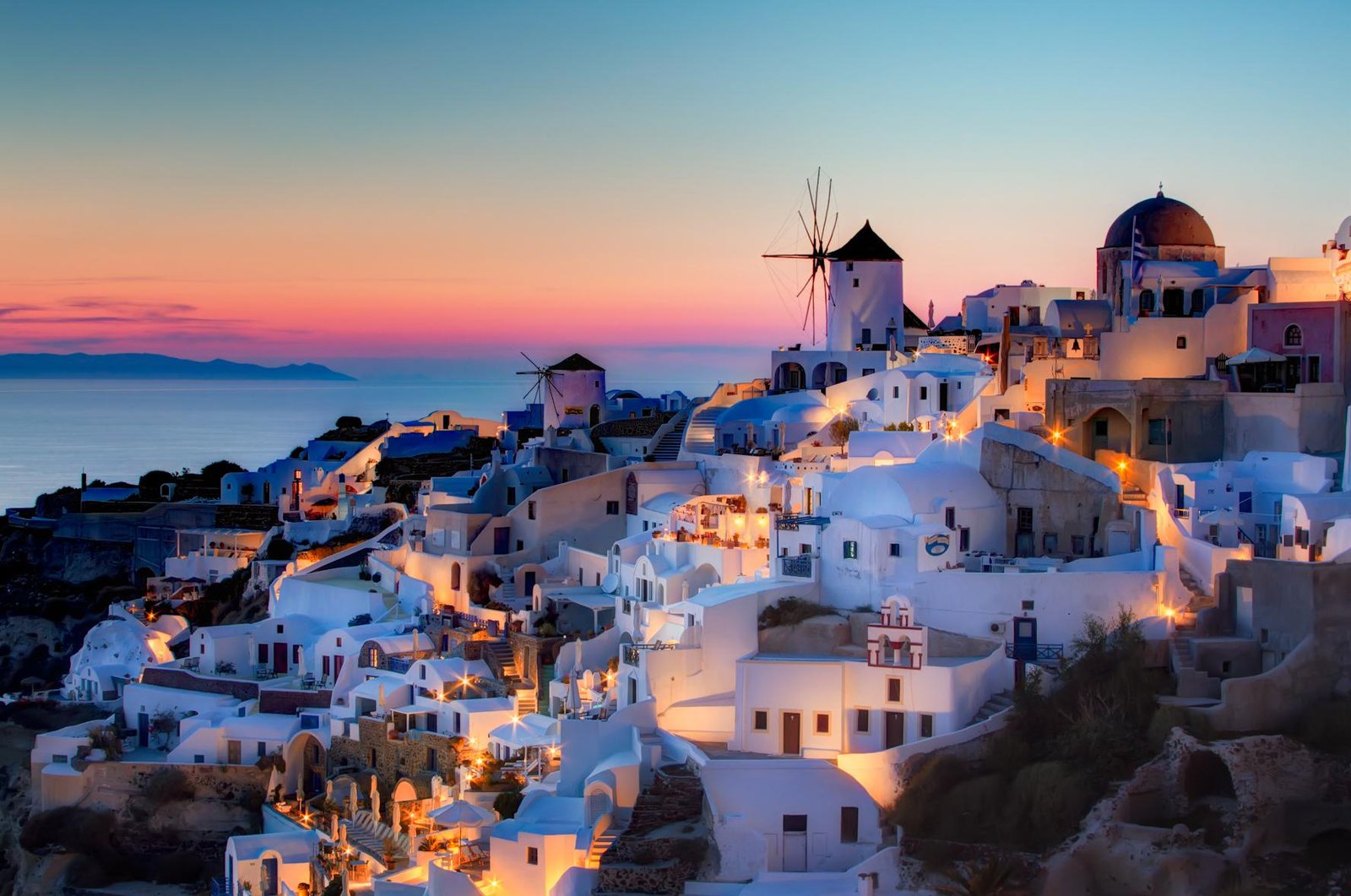






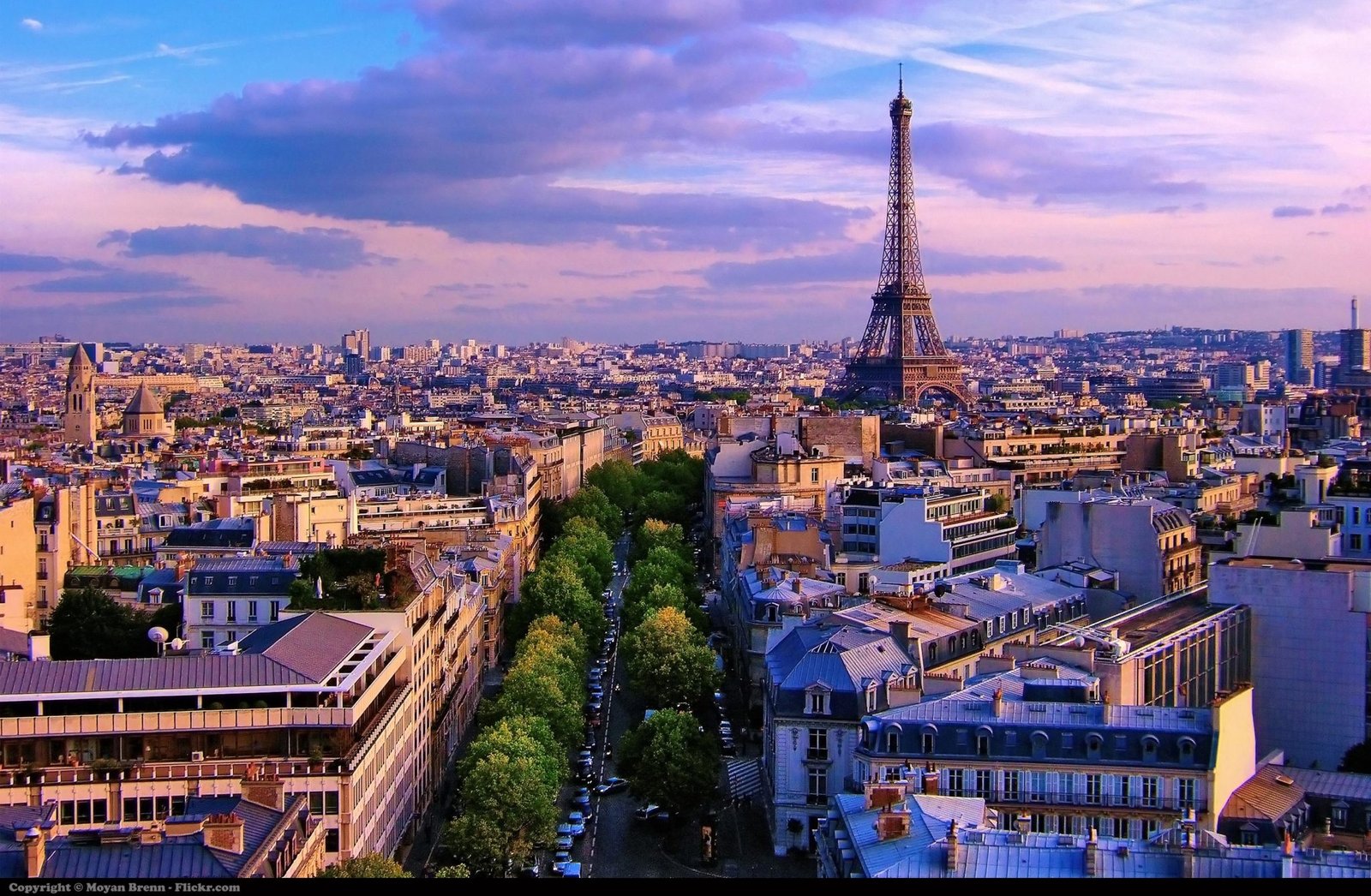
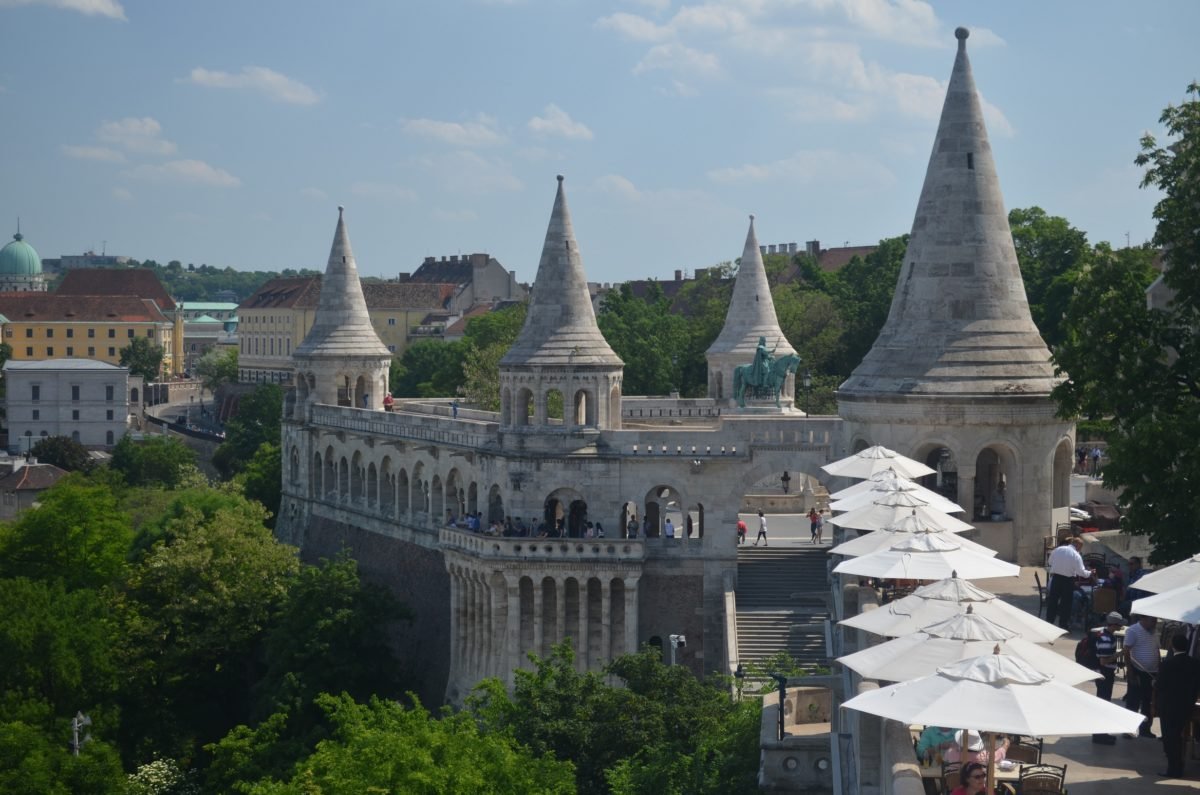


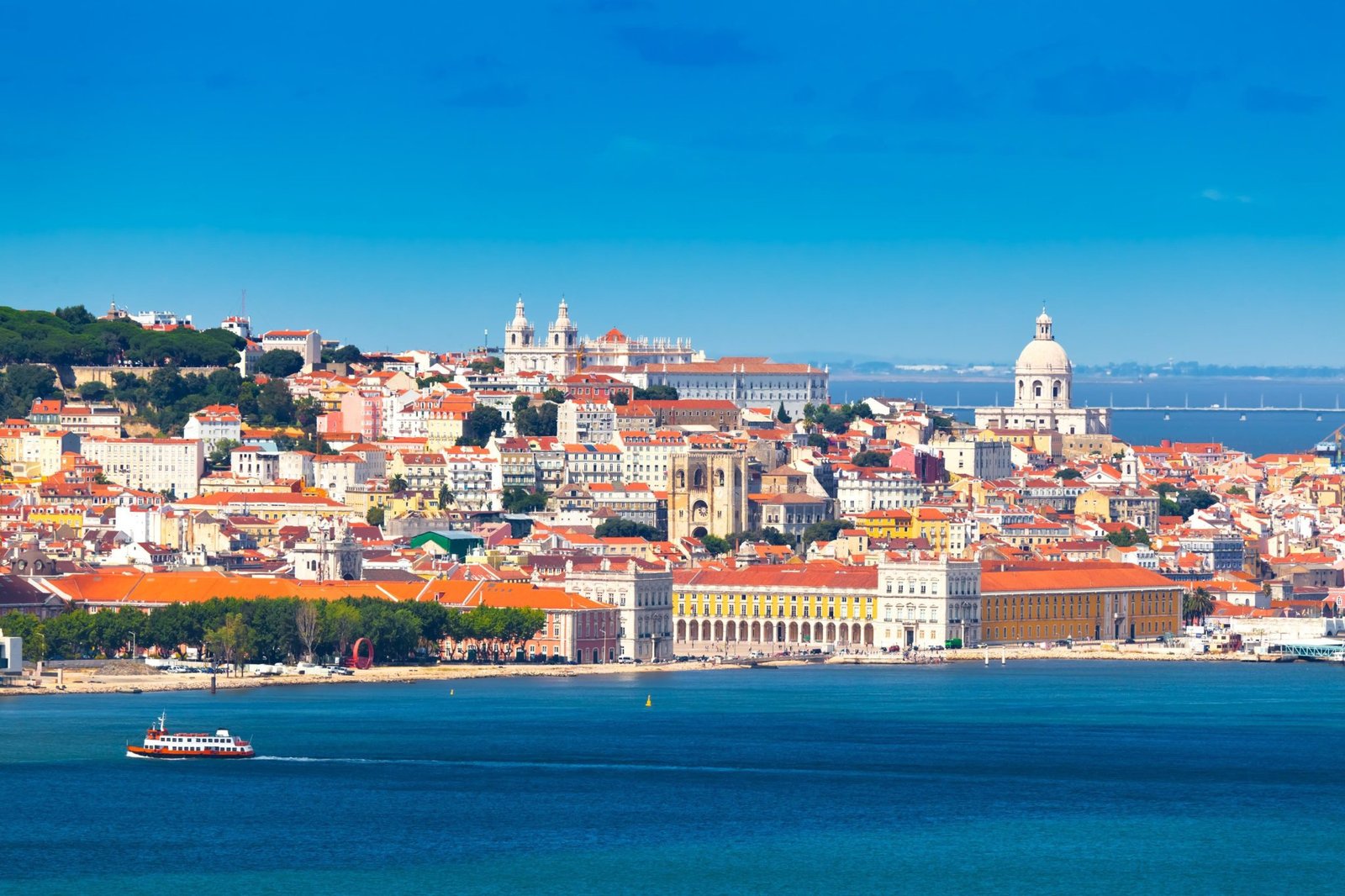

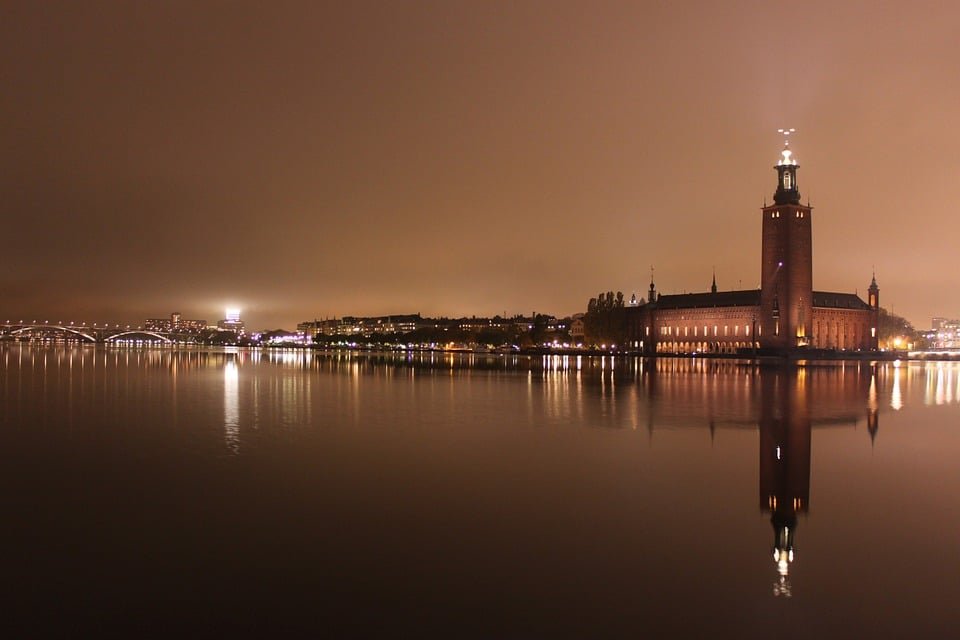


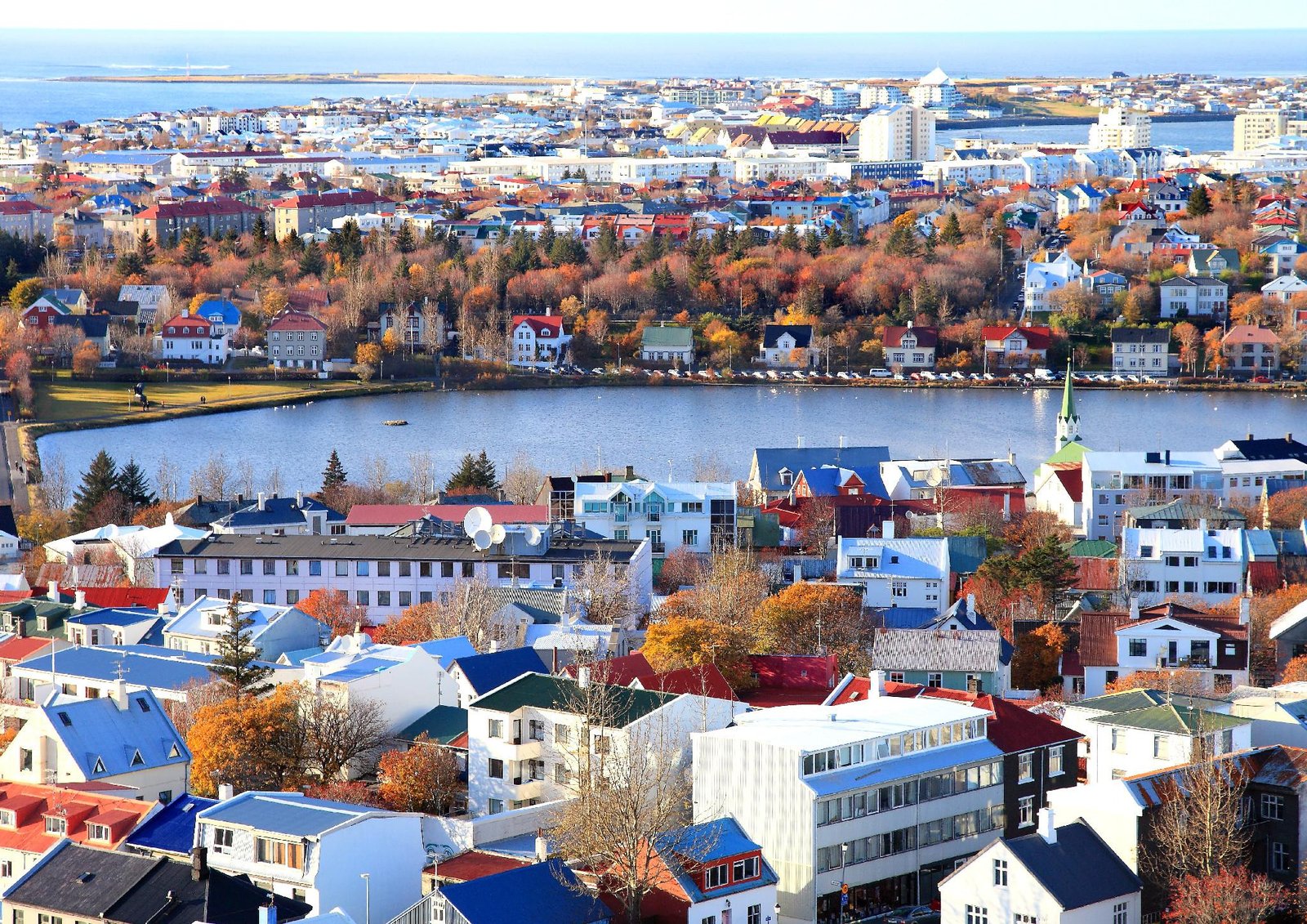




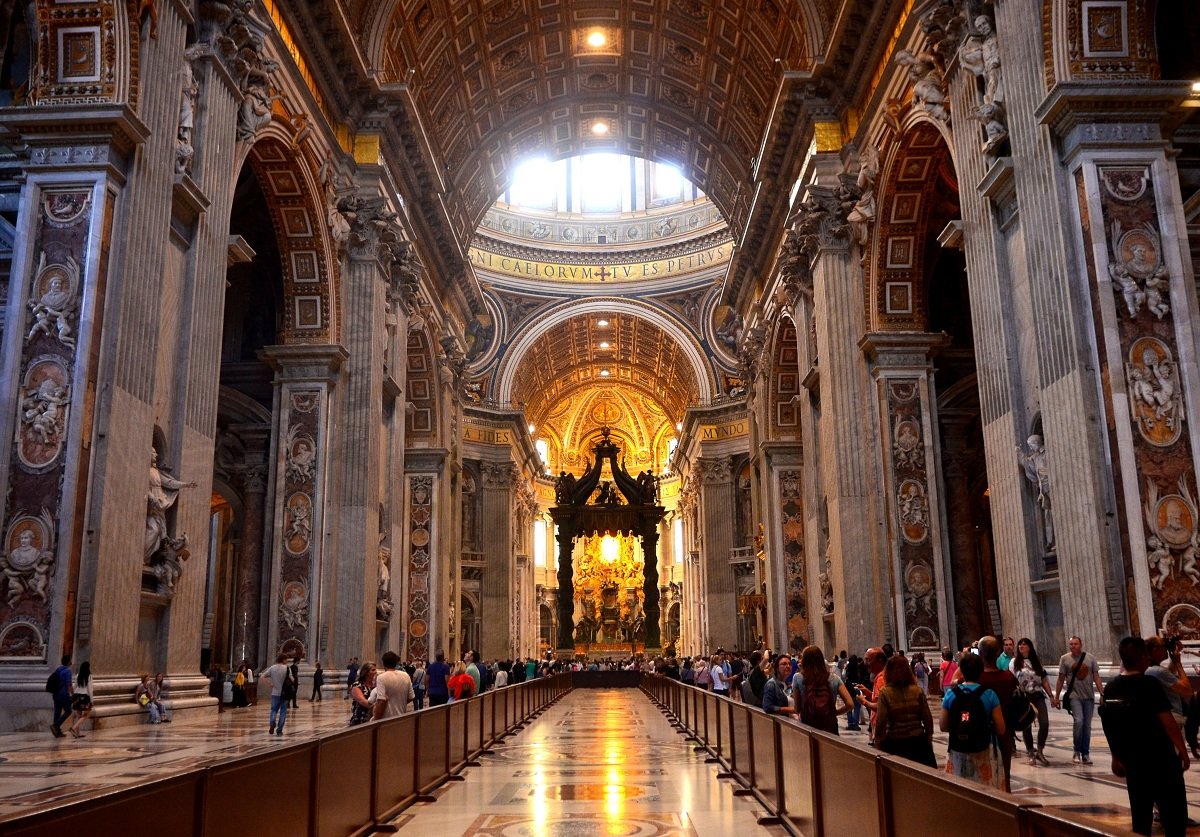
Population – The population of Europe is estimated to be around seven forty-two million based on united nation estimates, making up roughly 9.83 % of the world’s population.
The breakup of the USSR has meant that Ukraine is the largest country in Europe, followed by France, Spain, and Sweden.
Paris and London remain to be the most densely populated cities with a population over 10 million.
Language – Most languages in Europe are classified as
Slavic- mainly spoken in Eastern European countries such as Russian, Ukrainian, Polish, Czech; Romance languages which include French, Italian, Spanish (Castilian), Romanian and Portuguese, predominantly spoken in Southern and Western Europe;Germanic languages such as German, English, Dutch, Swedish, Danish, and Norwegian mainly spoken across North-Western Europe;Hellenic, Baltic and Indo-Aryan languages are also found.
Russian, German, French, Italian and English has more than 50 million native speakers, with Russian topping the list.
English has the largest number of speakers across the region, including an approximate of 200 million speakers who have adopted it as their second language.
Currency – The Euro is the most common currency in Europe.
It is currently used in –
Austria, Belgium, Cyprus, Estonia, Finland, France, Germany, Greece, Ireland, Italy, Kosovo, Latvia, Lithuania, Luxembourg, Malta, Montenegro, The Netherlands, Portugal, Slovakia, Slovenia, Spain as well as Andorra, Monaco, San Marino and the Vatican City.
The Pound is used in the United Kingdom (England, Wales, Scotland and Northern Ireland).
Most Eastern European countries use their own currencies.
Cash can be exchanged in to local currency, in banks, at many large hotels, and at money changers in international arrival/departure terminals.
If you are paying with a card, make sure you are being charged with local currency to avoid an extra currency conversion fee.
Interesting facts
Etymologically speaking, the word Europe comes from ancient Greek and means broad, wide-gazing, and broad of aspect.
Even though Europe is the second smallest continent in the world, covering 8 percent of the Earth’s surface, it is home to the third largest population in the world, right behind Asia and Africa.
Europe is bound by the Arctic Ocean in the north, Atlantic Ocean in the west, and Mediterranean Sea in the south.
Europe is a part of Eurasia, a continental landmass encompassing both Europe and Asia.
The Caspian Sea and Ural mountains separate Europe from Asia.
Europe is home to two completely landlocked countries by Italy, the only other landlocked country is in Africa.
Europe is home to one of the most active volcanoes in the world, Mount Etna, located in Sicily, southern Italy and Stromboli, a volcanic archipelago off the coast of Sicily.
Norway, Sweden, Iceland and Denmark are together called ‘Scandinavia’.
Spain and Portugal together form the ‘Iberia’.
The group of Islands, constituting Great Britain and Ireland, is called ‘British Isles’.
The population of Rome, one of the oldest cities in the world had a population exceeding 1 million by 133 B.C.
Europe has been home to numerous historical empires ad civilisations that shaped the destiny of the world today.
The Greek and Roman civilisations are known as the cradles of modern civilization. The British Empire was the largest in the world. Other empires of importance are Spanish Empire, the Russian Empire, the French Empire, and the Portuguese Empire.
Europe is the largest economy in the world, Great Britain and Germany being the largest contributors.
The European Union as we know it today was formed in 1992, by 15 member countries.
Religion – In recent times, Christian traditions, the degree of secularization and the status of recently immigrated religious minorities, especially of Muslims, have all started an important discourse on religions in the European continent.
A study of all European countries reads that in the 47 European countries that were reviewed, Catholics and Orthodox Christians predominate, but they are followed in terms of numbers by Muslims ahead of Protestants.
Art and Architecture – Art in Europe began like everywhere else, with rock and cave painting. It was only during the time of the Ancient Aegean civilizations did European art make significant impact, adopted by the Romans, it spread through the rest of the empire. Classical arts thrived for the next two thousand years leading into the medieval period, distinct art styles being Anglo Saxon and Nordic. Stained glass, mosaics and work in metal was valued during this era more than the paintings and monumental sculptures of the classical period. The end of the Medieval Ages saw the success of the renaissance, with the contributions from artists such as Leonardo da Vinci and Michelangelo. This was followed by the extravagant Baroque styles, and eventually led to the post modern and contemporary styles.
A wonderland for everything art and culture, Europe leaves no stone unturned when it comes to genius architecture as well. From the Gothic spires of western Europe to the vivid, surreal facades of Antonio Gaudi, Europe is sure to leave you mesmerized with its architecture – classic, Baroque, Gothic, Art Nouveau, Renaissance, Romanesque, and modern.
Art and culture form the crux of present day European culture, be sure to be surprised by the classics as well as the contemporary as you hop from one locale to another.
Customs and Traditions – Fault lines that define Europe have become pivotal to understand cultural similarities and differences seen across Europe. Though most countries share historical experiences, a significant distinction can be outlined by the various ethnicities or ideological systems that collectively form the continent of Europe, clearly defined by fault lines.
The first fault line that come to mind is the one created by the parts of Europe which was governed by the Roman Empire and the part that wasn’t. Similarly a fault line was created by countries which went through industrial revolution in the 19 th century. The Catholic-Orthodox divide is a significant fault lines which divides the rest of Europe from the countries which were formerly part of the USSR. Another significant fault line is the one separating lands that were once occupied by the Ottoman Empire, and the ones that weren’t, creating the Christian – Islamic fault line, which has been getting a significant amount of focus in the recent times.
Food
European cuisine is a generalised term, encompassing all the regions of Europe and the western world. Significantly influenced by the multiple colonies that Europen countries held, and by the sea of immigrants who call Europe home, European cuisine is diverse and varies regionally.
Features common to most cuisines across the continent are –
Meat plays a substantial role in most meals.
Sauces and accompaniments are a major part of the cuisine as are salads.
Dairy plays an important role, hundreds of types of cheeses are produced along with a wide selection of fermented milk products.
Wheat has long been the most common source of starch mainly in the form of bread or pasta, although cornmeal is also popular in cuisine native to Italy and the Balkans.
The potato has also grown to become a major produce in the European diet, introduced at the time of colonization of the Americas.
The must-try dishes of this region are –
Appeltaart, The Netherlands; Plateau de fruits de Mer, France; Roast beef with all the trimmings, England; Arroz negro, Spain; Suppli, Italy;Moules Frites, Belgium; Portuguese custard tart, Smorrebrod in Denmark; Wiener schnitzel, Austria;
Clothing
Traditional European clothing varies across regions from the famous Scottish Kilt to the traditional Kroje from the Czech Republic. Since in most areas Western dress codes have become the norm, traditional clothes are often worn only on special occasions.
European fashion today is based on clean-cut clothes which look flattering and perfectly put together. Dresses, skirts, dress pants, and shirts are a must in any European wardrobe along with scarf’s, belts, and jewellery.
Public transport or popular city centres are usually crowded so avoiding open toe shoes would be a good idea. Walking is a great way to explore European cities so be sure to pack a pair of durable and comfortable shoes.
In most European cities, there is a possibility of being denied entry into concert halls, churches, museums or fine restaurants, so avoid wearing shorts and sneakers.
Following are the major airports for internation travel to popular destinations in Europe
Austria – Vienna Airport, Salzburg Airport, Innsbruck Airport, Graz Airport, Linz Airport, Klagenfurt Airport
Belgium – Brussels Airport, Brussels South Airport, Liege Airport, Ostend Airport, Antwerp Airport
Croatia – Zagreb airport, Split airport, Dubrovnik airport, Pula airport
Czech Republic – Prague Airport, Brno Airport, Ostrava Airport, Karlovy Vary Airport, Pardubice Airport
Denmark – Copenhagen Airport, Zealand; Billund Airport, Aalborg Airport, Aarhus Airport
England – Heathrow Airport
Finland – Helsinki-Vantaa Airport, Rovaniemi Airport, Turku Airport, Tampere Airport, Vaasa Airport.
France – Charles de Gaulle (Paris), Orly Airport (Paris)
Germany – Frankfurt Airport, Munich Airport, Düsseldorf Airport
Greece – Eleftherios Venizelos International Airport(Athens ), Nikos Kazantzakis International Airport(Crete), Diagoras Airport (the island of Rhodes), Makedonia International Airport(Thessaloniki )
Hungary – Budapest Ferenc Liszt International Airport
Iceland – Keflavik International Airport
Ireland – Dublin Airport, Cork Airport, Shannon Airport
Italy – Leonardo da Vinci-Fiumicino Airport (Rome Fiumicino Airport), Ciampino G.B. Pastine International Airport
Luxembourg – Luxembourg Findel Airport (Luxembourg City)
Malta – Malta International Airport
Netherlands – Amsterdam Airport Schiphol, Rotterdam The Hague Airport, Eindhoven Airport, Groningen Airport Eelde, Maastricht Aachen Airport.
Norway – Oslo Airport, Bergen Airport, Trondheim Airport, Stavanger Airport, Tromsø Airport
Poland – Warsaw Chopin Airport, Katowice International Airport, John Paul II International Airport
Portugal – Lisbon International Airport, Porto International Airport,Faro International Airport
Romania – Bucharest Henri Coanda Airport, Cluj: Avram Iancu International Airport, Traian Vuia International Airport (Timisoara), Lași International Airport
Russia – Sheremetyevo International Airport (Moscow), Domodedovo International Airport (Moscow), Vnukovo International airport(Moscow)
Scotland – Aberdeen International Airport, Edinburgh International Airport, Glasgow International Airport, Glasgow Prestwick International Airport, Inverness International Airport
Spain – Madrid Barajas International Airport, Barcelona International Airport, Palma de Mallorca Airport and Tenerife North Airport
Switzerland – Geneva International Airport, Bern Airport, Sion Airport, Zurich Airport, St. Gallen – Altenrhein Airport, Samedan – Engadin Airport, Lugano – Agno Airport (LUG)
Sweden – Stockholm-Arlanda Airport, Gothenburg Airport, Malmö Airport, or even Copenhagen Airport,since it has a great connectivity to Sweden.
The Vatican – Fiumicino International Airport,Rome/ Ciampino International Airport – transfer to Vatican city
There’s no single best time to visit Europe, Mid-December through to the end of February – and sometimes even into March – is definitely the best time to visit Europe for snow, Early Autumn and Late Spring, in particular, can still offer warm days and is considered by many to be the best time to visit southern Europe, however keep in mind the expenses, the crowd and the availability of tickets if you are planning to visit the country for a particular event.
The seasons are in Europe are generally as follows
Summer: June – August
Autumn: September – November
Winter: December – February
Spring: March – May
Food: Depending on the region the cost of food will vary from $45 to $18, while the average would be about $30.
Stay: Shared room in a hostel will cost about $15 – $20 per night, while mid-range hotels can be about an average of $125, these costs vary across Europe, region to region. Luxury hotels would cost $200-$300.
Local transport: Local flights would cost you about a $100, although for day tours or for travelling into neighbouring countries, a train would be a better option with multiple rail passes for different countries offering great value.
Intercity travel (trams, buses, taxis ) will vary from $10 to $20 depending on the region.
Sightseeing: Most tours start at a price of $16 and full day tours can fall within the range of $40 – $115.Prices differ from country to country and often drop in eastern European countries. Also, note that most museums with an entrance would have a free day.
*Costs mentioned are the average rates per day per person unless specified otherwise.
Countries which require prior approval for visa
A Schengen Visa enables its holder to enter, freely travel within, and leave the Schengen zone from any of the Schengen member countries,for purposes of tourism or business purposes, for a duration of 90 days. There are no border controls within the Schengen Zone.Each member country of the Schengen zone can issue Schengen visas.
The Schengen zone includes
Austria, Belgium, Czech Republic, Denmark, Estonia, Finland, France, Germany, Greece, Hungary, Iceland, Italy, Latvia, Lithuania, Luxembourg, Malta, Netherlands, Norway, Poland, Portugal, Slovakia, Slovenia, Spain, Sweden, Switzerland, Liechtenstein.
England – Apply personally at the embassy or through an agency. Make sure your passport has one page blank on both sides. The processing of the visa would take up to 2 weeks. The visa would be valid for 6 months.
Republic of Ireland – Citizens of countries belonging to the European union only require a valid national identity card to enter Ireland. However for countries that do require the visa, the procedure is pretty straightforward and will typically be valid for 90 days.
Indian national visitors to Republic of Ireland require an Irish visa.
Northern Ireland – Visitors to Northern Ireland require a UK visa.
*You cannot travel to Northern Ireland using an Irish visa, except if travelling under the British Irish Visa Scheme. You need a visa issued by the United Kingdom.
*If you travel from the Republic of Ireland to Northern Ireland and then wish to return to the Republic, you must have a Multiple Entry visa (explained below).
With lots of cities to explore and lots of culture to soak in, Europe is the perfect destination for an unforgettable vacation, here is a list of our favourite must sees
Schonbrunn Palace, Vienna, Austria – A former imperial palace, dating back to the 17th century, built in baroque style is a listed world heritage site which sees a huge footfall each year.
La Grande Place, Brussels – The central square of the old city of Brussels, home market halls, trade guild houses, and a town hall built in an assortment of architectural styles – Gothic, opulent baroque, neoclassical and neurotic , is a world heritage site and one of the most best preserved site of historical importance in Europe.
Zagreb, Croatia’s political, cultural and commercial capital, perfect for a vacation filled with walks to the old city, trips to museums and coffee shops which line cobbled streets, seamlessly a part of classic facades, refreshing gardens and gorgeous Neo-Gothic buildings.
Prague Castle, Prague, home to the office of the President of the Czech Republic, is the largest castle complex in the world, originally built in 880 in traditional Romanesque style with perfectly seamlessly additions in the gothic style. One of the most important cultural monuments of the Czech state, visitors are allowed to visit its courtyards, palaces, museums and gardens.
Amalienborg Palace, Copenhagen, home to the Danish Royal, the Palace is a complex of four buildings and an elaborate garden, set around an octagonal square with an equestrian statue of King Frederik, on the banks of the Canal. Witness the changing of the guards at noon and visit the museum, an exhibit showcasing the monarchy and its traditions.
Thames sightseeing river cruise, London, England – A perfect vantage point to see most of the city’s iconic monuments, a ride on the River Thames is the perfect way for a tourist to catch glimpse of London.
Louvre Museum, Paris, formerly a fortress and a royal palace, home to the famous Mona Lisa and to the spectacular glass pyramid, the Louvre sits on the banks of the Seine as one of the largest galleries in the world and serves to be symbolic of the Parisian Art scene.
Neuschwanstein Castle, Bavaria, translates to New Swan Stone castle, set in the most idyllic of locations is one of the most visited attractions in Germany, built by King Ludwig, as a retreat from the busy court, the stunning castle sees up to six thousand visitors per single day.
The Acropolis, Athens, Greece, an ancient citadel with evidence of habitats having lived there as early as the 6 th century is famous for its temple complexes. The sprawling ruins of Acropolis towering over present-day Athens is a testimony of the glory and grandeur of Ancient Greece.
Hungarian Parliament Building, set on the banks of Danube, is designed in Neo-Gothic style is the third largest parliament in the world and stands to commemorate the formation of Modern Hungary.
Vik and Dyrhólaey, a small promontory l on the southern side of the Island, with the Reynisdrangar and Reynisfjara in the background, offers you stunning views of the coastline and Mýrdalsjökull glacier.
Giant’s Causeway, overlooking Northern Ireland’s Causeway coast, are hexagonal columns which disappear into the depths of the sea, formed by a thousand years worth of volcanic activity, it is one of the most beautiful sights of Northern Island, and is a declared world heritage site.
The Colosseum, Rome, is the largest amphitheatre in the world, built during the peak of the Roman empire. With a capacity of hosting 50,000 people, it has seen a plethora of exotic animals, executions of prisoners and gladiator fights in its heyday and today stand after surviving lootings, earthquakes and even bombings during World War Two, visited by almost 4 million tourists each year.
Berdorf, Luxembourg is a vast tableland overlooking the valleys of the Black Ernz, the Sûre, and the Aesbach rivers, home to several hiking trails through valleys and more than 300 acres of wooded reserves. Tremendously popular among rock climbers, hiking enthusiasts, and campers, its gives you a glimpse of the quintessential Luxembourgian landscape.
The Windmills of Kinderdijk, Netherland – A world heritage site, 19 perfectly preserved windmills stand in the wetlands of Dordrecht, as apart of a water management system originally introduced in 1740. A world heritage site, offering views of waterways, dykes, mills and sluices, iconic to Dutch landscapes are a must visit.
Bryggen Hanseatic Wharf, Bergen – Once an important hub for trade between Norway and the rest of the continent, Bryggen is iconic for its tall and slim wooden townhouses lining the quayside.
Auschwitz-Birkenau Memorial and Museum, Poland, synonymous with the Nazi Agenda, Auschwitz reminds of the horrors of the Holocaust. The only world heritage of its kind, it has now been converted into a museum, dedicated to the memories of people who died at the camps.
Danube Delta – One of Europes largest and well-preserved deltas, a winding network of waterways that originate in the black sea, home to more than 300 species of birds and 45 species of freshwater fish, with amazing views of the sunset is a must visit.
The Northern Highlands, Britains’s largest national park, the highlands is famed for its pristine natural beauty, a paradise for taking hikes, fishing, golfing, sea kayaking, white-water rafting and gorge walking.
La Concha Beach, San Sebastián,Spain – True to it’s namesake the bay is shaped like a shell with the Igueldo mountain on the other side. Centrally located, and conveniently accessible from the city, it is perfect for sunbathing, swimming, and paddling, not to mention a favourite among families with young children.
Bern, Switzerland – A picture perfect medieval city set in the heart of Switzerland, at the foot of the Alps. Berne is home to a number of museums, boutiques and restaurants which are definitely worth a visit as are the farmer’s markets and the sweet shops which dot the city.
Cover all the cultural essentials and race through your bucket list
Western Europe ( France – Switzerland – Austria – Germany – The Netherlands – Belgium ) – 12days/15 days
Eastern Europe ( Poland – The Czech Republic – Hungary – Romania – Croatia) – 10days/12 days
The Ultimate Western Europe Itinerary for First-Time Visitors
(London – Paris – Amsterdam – Berlin – Munich – Prague – Rome – Barcelona) – 3days/5 weeks
Mediterranean Europe (Spain – Portugal – France – Italy – Croatia – Greece) – 12days/15 days
Belgium and Luxembourg – 7 days
France, Belgium, Luxembourg, Netherlands – 7days
Classic Scandinavia (Denmark –Finland – Sweden – Norway – Iceland ) – 12/15 days
British Isles (England – Scotland – Ireland) – 7days/14 days
Best of Russia – St.Petersburg + Moscow via Novgorod and Klin – 8 day
Summer months of June, July and August are usually the peak seasons for travelling to any European country. Beat the crowd and avoid long lines by visiting during the early spring or autumn.
Visit the local markets to understand the local and taste the amazing local produce, visit hole in the wall patisseries or gelato parlours and explore the local culinary scene.
European climate often allows you to experience a meal out of doors and this exactly what the local’s love, do as the Romans do when in Rome and make a picnic to eat enjoy on the banks of a river. Its budget friendly and one of the best ways to experience the local culture.
Most European cities are well connected by public transport. Be sure to use as much as public transport as possible and never miss out on an opportunity to explore on foot.
Travels by train, European trains are spacious and comfortable and their route is bound to take you through the most breathtaking of landscapes or urban contexts.
Always pre-book your tickets, last minute booking might mean long winding lines or the venue might reach full capacity.
Midday meals in Europe usually extend over hours, so plan visits to the post or ticket office carefully.
Avoid restaurants with photos on the menu, usually aimed at tourists, they usually offer poor imitations of the local fare, often at a higher price. A good rule of thumb would be to avoid restaurants near popular tourist destinations.
Carrying a water bottle would ensure that you stay well within your budget as most European restaurants charge for water. European towns not only mean you’ll be walking long distances but over different terrain such as cobblestones and through busy cities, make sure you wear comfortable footwear.
Cover the basics of the local language. Interact with the locals and fellow travellers – and don’t forget to smile.
This article is detailed guide on Europe and I must say I’m impressed by the way you have explained the guide to europe in such a detailed manner I would love to visit Europe as it is such a beautiful place and will also share this blog with my friends.